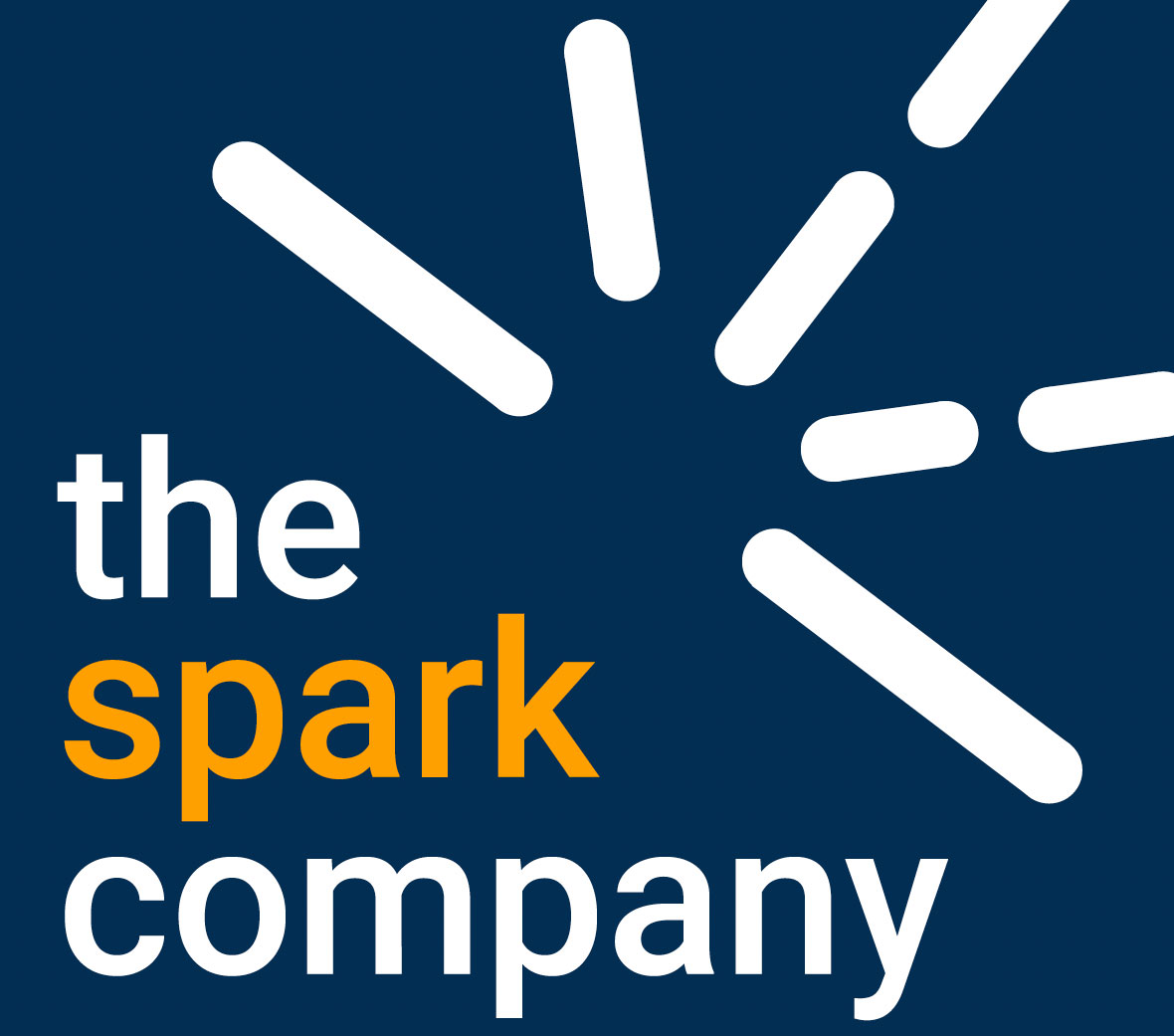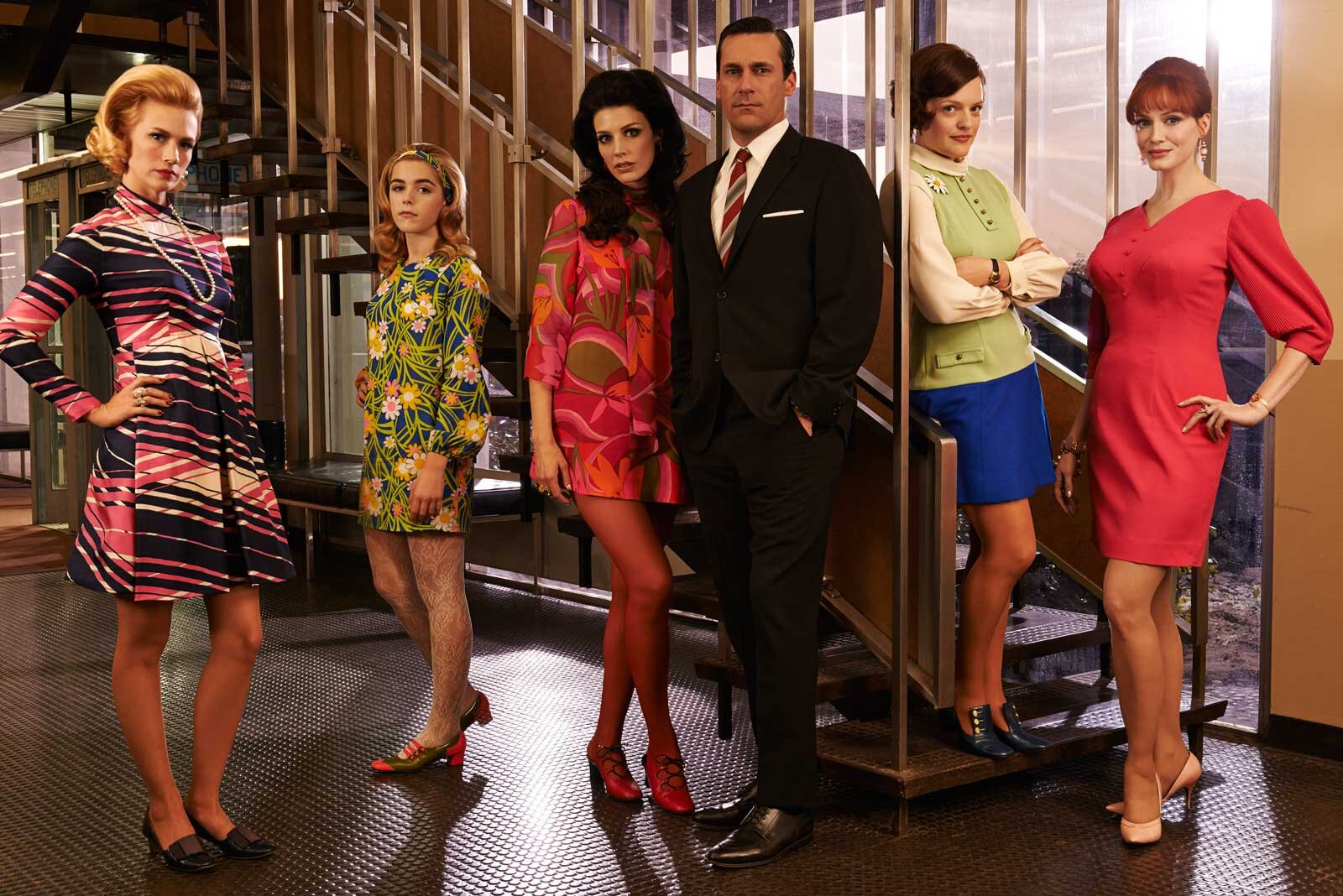There are rules for all the legal bits of a merger or acquisition process, yet there is no bible or handy instruction manual for the successful transfer or integration of company culture.
There is no magic formula, but regular and meaningful is a good rule of thumb. Workplace culture is your way of doing things, your approach and style of business. It’s the difference between ‘my door’s always open’ and ‘make an appointment with my PA’. It’s often tricky to explain but culture manifests itself through leadership style, how you treat your customers and colleagues, and the diversity of your workforce.
Culture can be seen in your people, personality, structure, purpose and values.
An unforeseen culture clash creates an uncomfortable, disengaged work force. If people don’t understand the values and objectives of the newly merged business they will quickly retreat into the familiarity of the old. This can slow down the integration of departments and operational systems. It also compromises customer service and sales if frontline colleagues don’t understand what kind of messages they should be communicating.
It might be tricky to really get under the bonnet of your acquisition in advance of the legal transfer date. Certain information around TUPE, finances, compliance and commercial integration, are accessible. But when it comes to engagement and culture, you’re not going to be able to hover around the water cooler or join a team meeting to gather intel!
If you’re using an independent HR consultant to help you navigate the legal aspects of your merger or acquisition this can also be a great way to assess potential pain points and plan for the challenges ahead. An independent person may gain more access to the company being acquired and can help you learn more about the people you’re bringing in.
“He did all the detail but he was also great at creating relationships. So whilst we were getting all the paperwork and legal stuff in place, he worked really closely with the individuals that were going to come into the business to build trust with them.”
Heyley Selway
“Studies from the Queens School of Business and the Gallup Organization showed that organizations with low employee engagement scores experienced 18% lower productivity, 16% lower profitability, 37% lower job growth, and 65% lower share price over time.”
Emma Seppälä & Kim Cameron Harvard Business Review
Clearly defined culture is a sign of a positive, engaged workforce, which means exceptional customer service, confident sales and marketing, increased productivity, reduced staff turnover and a better share price. Why? Because when everyone is working towards a shared vision your people are an amazing asset. When they don’t feel part of the bigger picture they switch off, and can do some serious damage. Try to understand what the cultural differences are between the old and new company. Nip any opportunity for a ‘them and us’ dialogue to take hold with a clear communication plan that’s put into action pronto!
An engaged workforce is more profitable – can you afford not to think about culture?
If people are used to being managed in a certain way it can be deeply unsettling when a new regime comes along. One of the best ways to establish your organisation’s culture and ethos early on, is for management to get out on the shop floor and talk to people.
As a minimum, you should plan on hosting a Welcome Meeting where you can meet your new colleagues and tell them a bit about you and the new company. You can do more. Whether it’s a staff conference, video message, virtual event or just chatting informally to teams or individuals, nothing reassures people more than a boss that takes the time to listen.
As well giving people practical, operational information about how the business will look in the future it’s a great opportunity to gain insight into how people are feeling about the change.
As you plan for the future, consider the composition of your workforce. If your organisation is office-based and you’re acquiring a business that works out in the field, how will you make those people feel welcome and avoid a two-tier workforce? Your ways of working and communicating historically may not suit your new colleagues. Sending an internal newsletter once a week via email is no good if half the business don’t sit at a desk (or have a smartphone).
As you move forward, find communication channels that work, so you can keep people informed, feeling part of the same team and contributing to your business goals.
We are passionate about finding ways to help bosses do the best they can to look after their people. Some of what we’ve outlined here is simple, but implementing activity that’s targeted to help those that need it most often gets businesses in a pickle. Primarily because they get bogged down about treating all employees the same. If you need help to work how to support those that need it in a way that’s fair and legal, then please drop us a line. We’d be happy to talk to you.

What is workplace culture?
How can culture impact M&A?

Every successful merger and acquisition has a plan to retain key talent and avoid an exodus
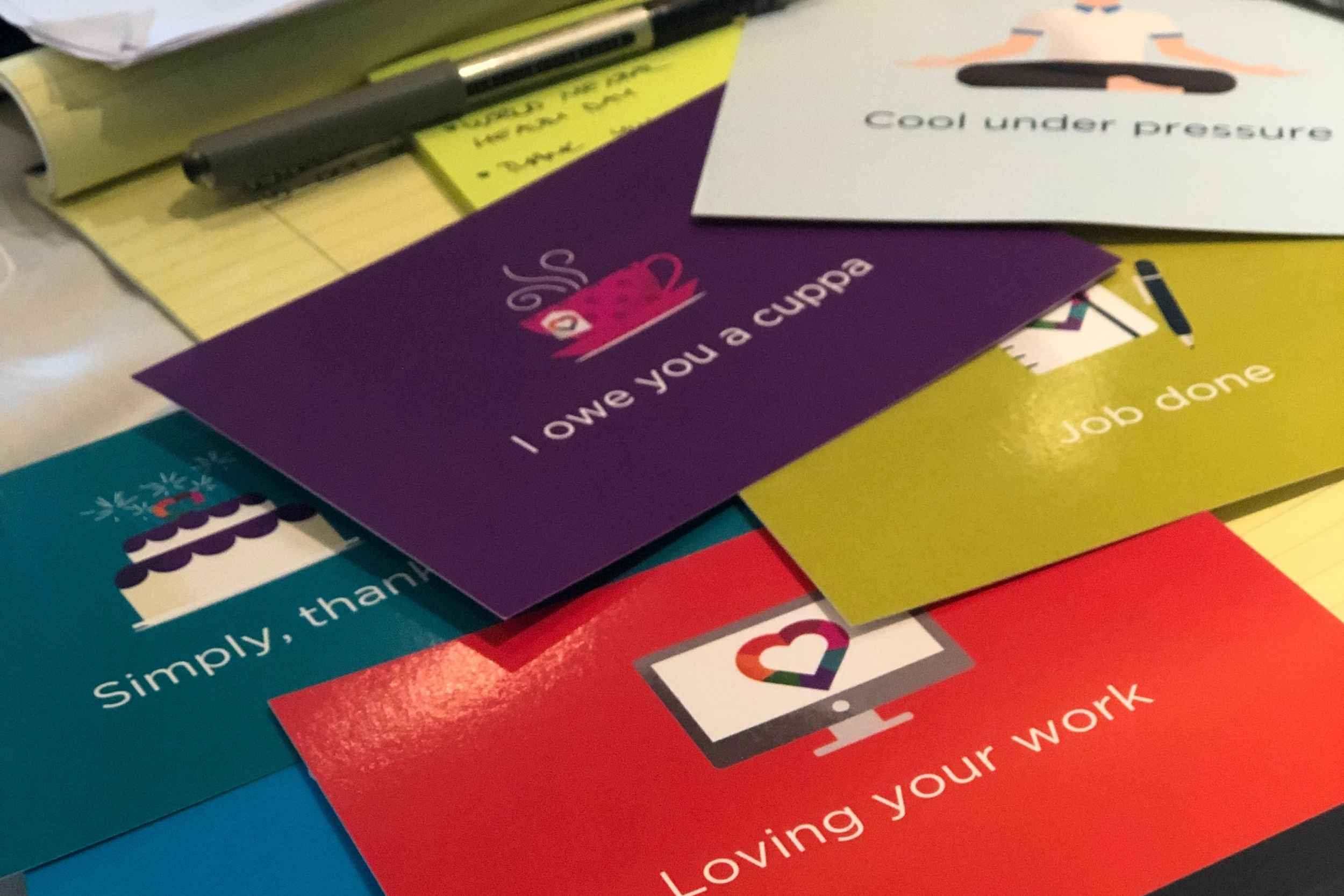
How can I assess the culture of my acquisition?
What clients say about our approach to M&A
Chief Executive, CCHAWhy does culture matter?

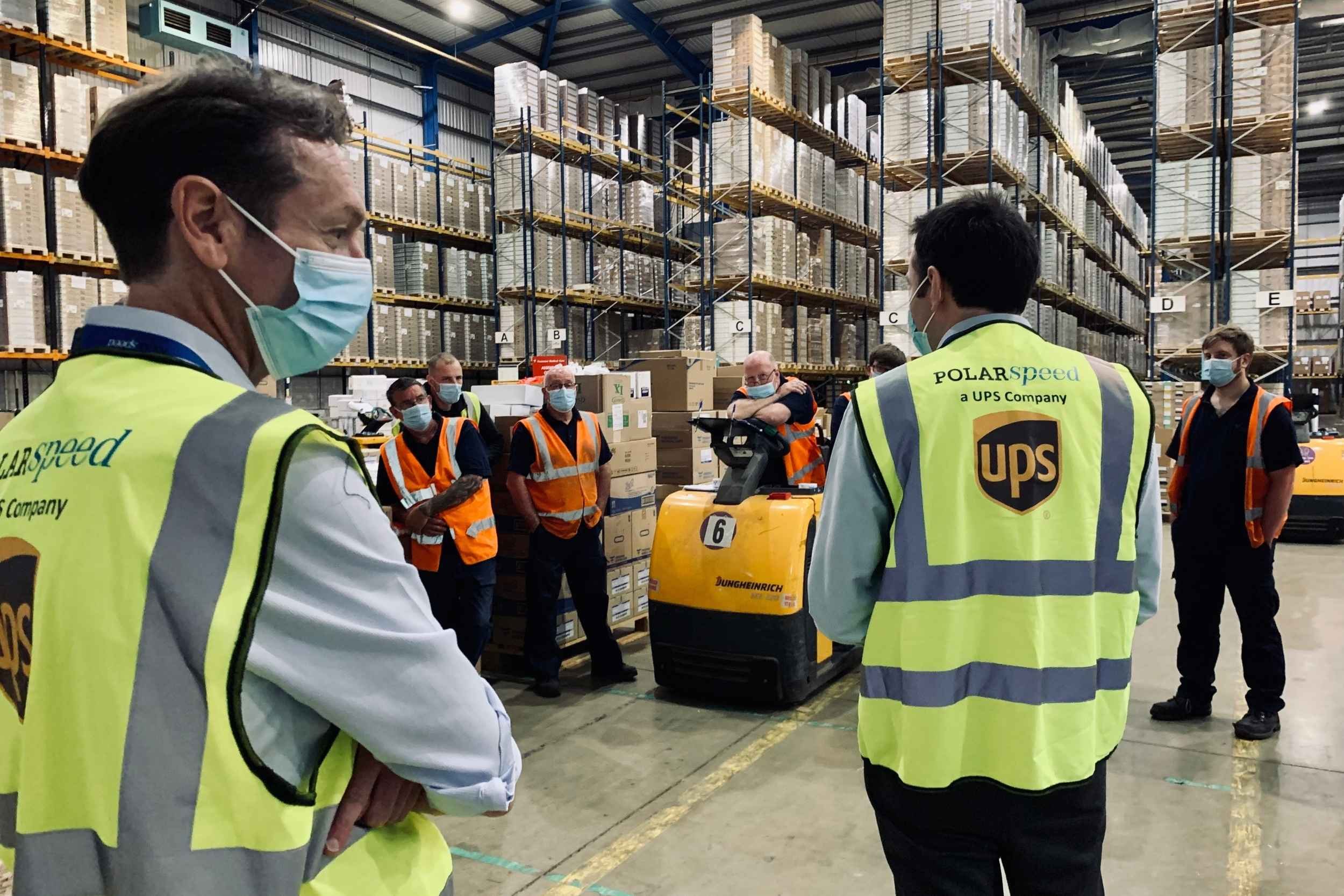
Do leaders know how to promote positive culture?
A Welcome Meeting is a 'must do' when it comes to mergers and acquisitions
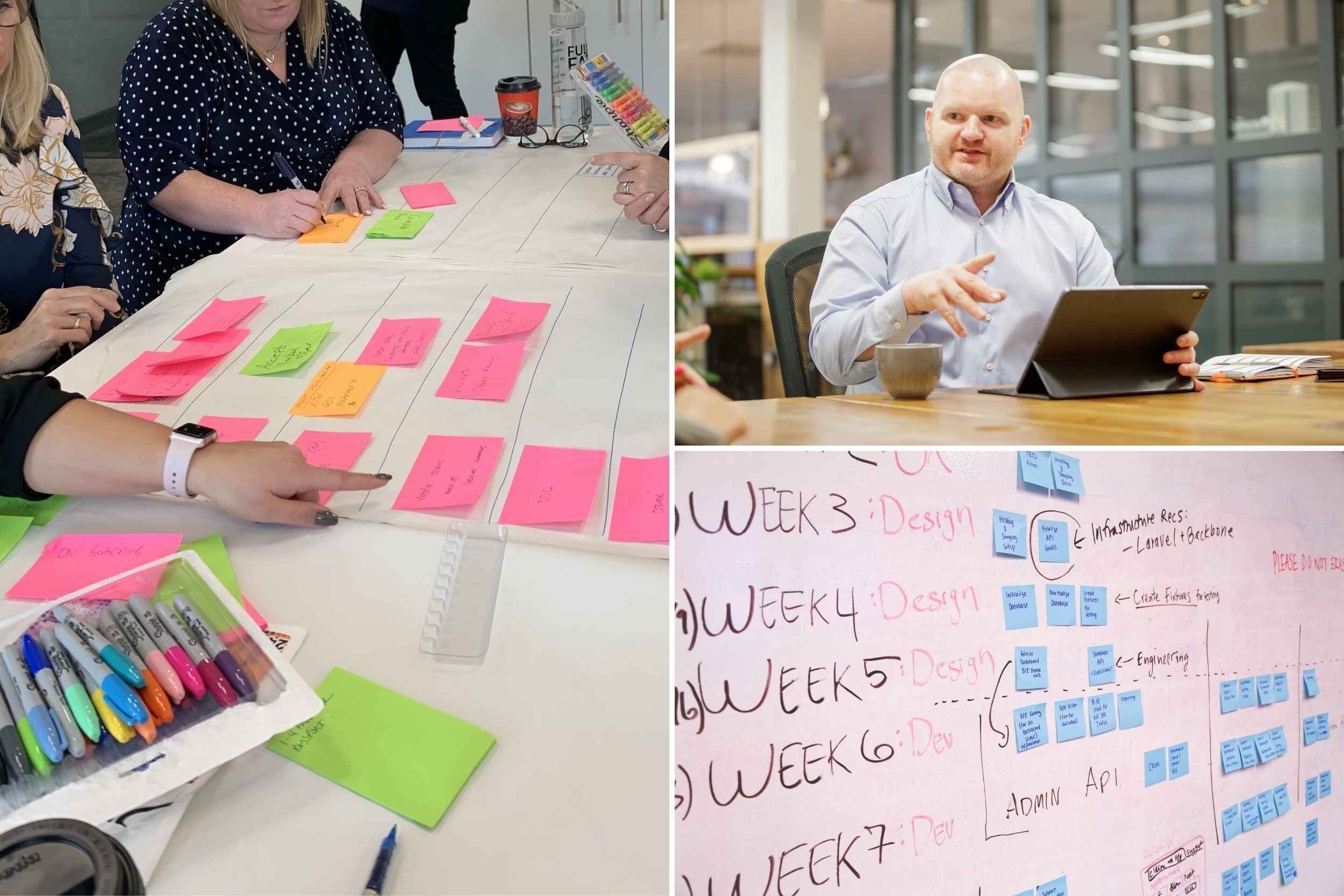

How can I take people with me?
Communicate in new ways to reach colleagues at all levels during and following an acquisition
Don't know where to start when it comes to supporting your team through the Cost of Living Crisis?
Tag: Workplace
How to put people at the heart of company decision making
Introducing a HR strategy that automates simple tasks and frees up time to focus on building a positive, people-focused company culture

- There are many misconceptions about the role of HR, which are often driven by a lack of visibility.
- When managers take accountability for people tasks that were traditionally considered part of the personnel function, it’s often seen as an indicator of good leadership; a sign that the people at the top of the company communicate well with their team. In many instances, there’s not always a need to call on HR to settle issues surrounding things like contracts, training, appraisals or bonuses.
- It’s more common to call on HR when a more technical or complicated people-related issue comes up. For example, when there’s uncertainty around regulatory or legal requirements surrounding employment, HR may be brought into the conversation as subject matter experts.
Misconceptions about HR are driven by a lack of visibility.
- A natural downside to this way of working is that many employees will only ever come across a HR professional when they’re being interviewed, or having to go through some sort of formal performance management or disciplinary process. This means that HR is sometimes seen as the department of ‘hiring and firing’, or that the ‘H’ in HR stands for anything other than human.
- I believe there’s a better way to approach the integration of HR in organisations: one that still allows leaders to stay connected with the people in their teams while placing the focus on core company values to better care for both colleagues and customers
- HR is the custodian of fairness, equality and inclusion in any business. This means that they’ll put systems and processes in place to make sure that you’re not discriminated against. You may not see them at any point during the selection process, but if you’re treated with dignity and respect, we’ve done our job right.
How should I be managing and developing performance in my organisation?
- The key to managing performance is open and transparent conversations, where the employee feels in control of their own destiny.
- Both employer and employee know what’s expected of them, what they’re great at, and where they need support. It’s not rocket science, this approach builds engagement, which is better for business.
- Research shows engaged employees generate 43% more revenue than disengaged counterparts. High engagement can also lead to a tripling in profit growth, an 87% reduction in staff turnover and a 20% improvement in performance.

Why quick fixes aren’t enough
- There’s no question that many businesses set out to do the right thing. Leaders often strive to live and breathe the core values of the companies they run, so that their actions, behaviours and decisions are consistent with these values and their organisation’s overall purpose.
- Some of the ‘quick fixes’ that businesses choose to demonstrate that they value their people and communities include:
- Flexible reward and recognition schemes
- Paying at least the living wage
- Developing a pipeline of leaders within the business
- Reinvesting profits in community investment schemes to demonstrate social value
Quick fixes won’t create a lasting and positive culture
- While these actions are all commendable, there are wider and more strategic decisions that can be taken to create a lasting and positive culture. This is where a dedicated HR expert can help.

A new model for HR
- Executives, directors, boards, business owners and leaders might consider moving from the Ulrich model (where HR is separated into roles such as employee champion, change agent, strategic partner and administrative expert) to a more evolved HR network model – one that builds on the success of existing business partnering relationships.
- Nowadays the majority of service centre work can be dealt with via automated workflows, AI, chatbots and self-service apps, allowing people to take care of admin tasks themselves. This means that tasks like managing annual leave balances, recording absences and related documentation or making basic queries about salary payments no longer require the resources they once did.
The team that previously would have managed such tasks will now be free to manage self-service platforms and related processes. In larger organisations, personalising and tailoring these platforms to the needs of the people who use them can be achieved without sacrificing efficiency or compliance.
HR needs to change. It’s time to focus on ‘people not process’
Meanwhile, HR project teams can act as internal consultants, focusing on work that is directly informed by the company’s people strategy. Their expertise can call upon a blend of internal and external resources, with subject matter experts working on important strategic areas of work such as:
- Organisational development
- Organisation design
- Diversity and inclusion
- Rewards
By following a model like this, HR becomes a network of change, engagement and influence. Your people team becomes a key part of wider business decision making, blurring the traditional boundaries of HR and putting people at the very heart of what the company does.
HR networks are excellent at building and growing relationships, managing change and engagement and work to achieve the wider strategy goals. When you consider all this, it seems natural to include HR in your decision making process.
Don’t know where to start when it comes to supporting your team through the Cost of Living Crisis?
We are passionate about finding ways to help bosses do the best they can to look after their people.
Some of what we’ve outlined here is simple, but implementing activity that’s targeted to help those that need it most often gets businesses in a pickle. Primarily because they get bogged down about treating all employees the same.
If you need help to work how to support those that need it in a way that’s fair and legal, then please drop us a line. We’d be happy to talk to you.
Build a pandemic-proof business in 2021
The coronavirus pandemic has affected us all in ways we’d have struggled to imagine when 2020 rolled around. If you run a business that has shifted from a face-to-face business model to a blended or virtual offering, the challenges and opportunities you face could leave you feeling all sorts of things: nervous, overwhelmed, uncertain and exhausted, to name just a few.

Now that we’re almost a year into the pandemic, it’s worth considering what the future of your business will look like on the other side of lockdown. If you’re not sure where to start, a HR consultant can help you to reengage with your team, identify the people challenges your business may face in the ‘new normal’ and develop your workforce to make the most of growth and development opportunities.
From leading teams remotely to keeping sight of your long-term business vision, here are some of the ways I’ve helped companies and individuals adapt and succeed during the pandemic.
Let your team hear your voice and see your face
Senior teams should be empowered to lead on operational matters and day-to-day issues. Try to create space and time for your team to look after your customers and to take ownership of their projects. This will release your time to focus on strategic matters, whether it’s the marketing plan for a post-vaccinated world or a new treasury strategy to take advantage of record-low interest rates.
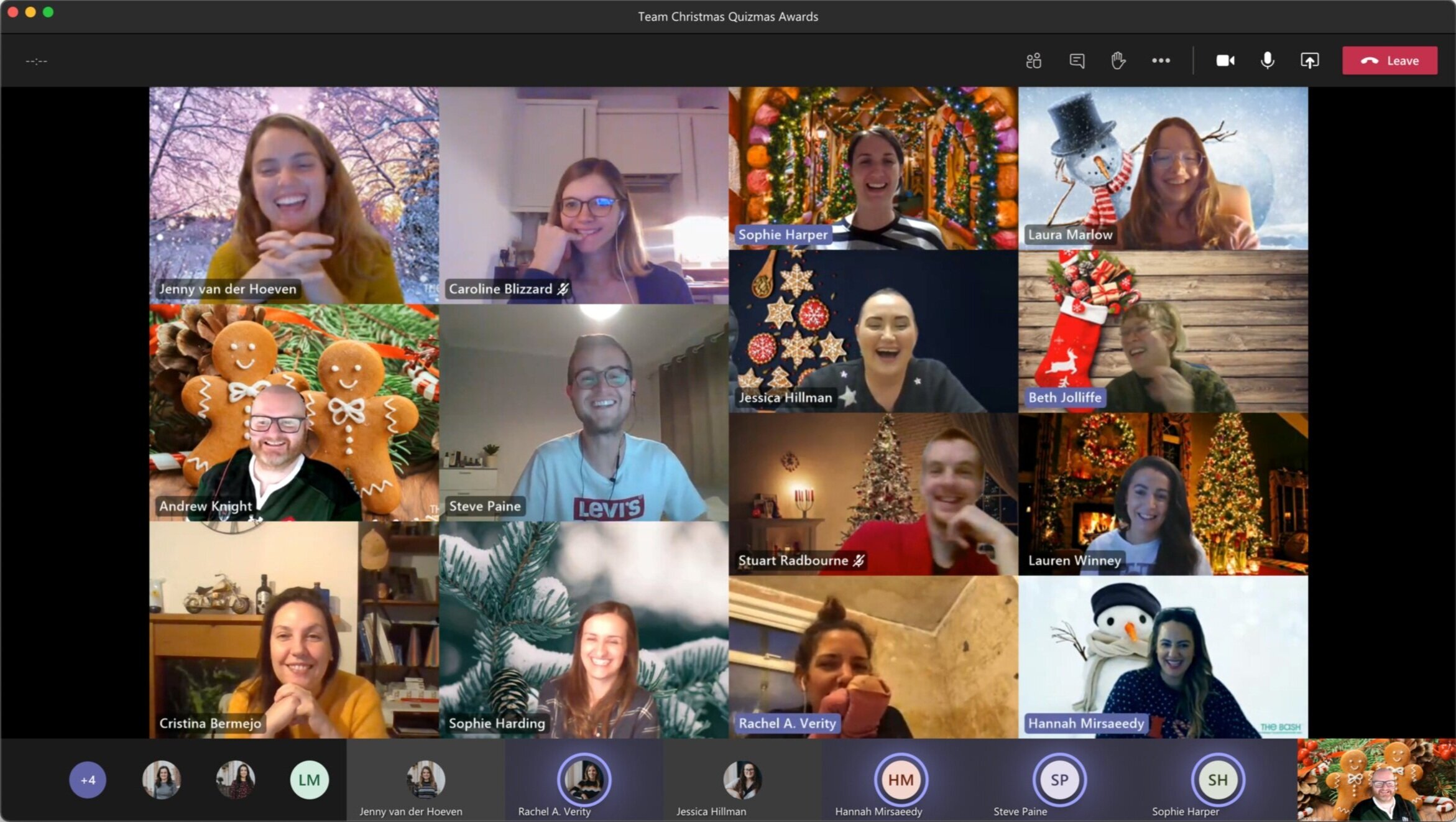
Virtual leadership in the age of COVID-19
Leading a team remotely feels very different to managing a group of people in an office. Yet the core principles remain the same: to keep communication clear and open, inspire trust and get the best from the people you work with.
Keep information flowing and regularly share feedback
- It’s more important than ever to talk to your team regularly about how the business is performing. Involving colleagues in this process (for example, by asking what customers have been saying or encouraging individuals to explain what’s working well for them) can result in a more collaborative conversation where people feel valued and inspired to do well on behalf of the team.

Rebuilding with vision
What should leaders be focused on as they rebuild their businesses following the pandemic? The most important thing is to stick to your core values: making decisions, taking action and behaving in a way that reflects the ethos and character of your company.
Empower others and create space for yourself
- It’s more important than ever to talk to your team regularly about how the business is performing. Involving colleagues in this process (for example, by asking what customers have been saying or encouraging individuals to explain what’s working well for them) can result in a more collaborative conversation where people feel valued and inspired to do well on behalf of the team.
Stay focussed on your long term plans
- As well as keeping up momentum in the short term, it’s important to stay focused on long-term plans. You may need to recalibrate (and that’s OK) but don’t lose sight of your vision. Don’t forget to keep talking about it: clearly communicating your vision and plans to your team while engaging them in your COVID recovery plans will show clear and reassuring leadership as everyone recovers from the crisis.
Champion safety and wellbeing at work
- Above all, prioritise the safety and wellbeing of your workforce, your customers, your partners and stakeholders. People will always remember how you made them feel – you want that feeling to be safe, positive and reassuring.

Supporting your business through organisational change
- Economic and societal change are two of the big drivers for organisational change. COVID-19 has triggered both, making now an ideal time to consider how your organisation can adapt to meet the challenges and embrace the opportunities of 2021 and beyond.
- Working with an organisational change consultant will help to ensure that you make the most of the process. I’m passionate about helping my clients to optimise their organisations and meet whatever challenges come their way; getting to know the specific challenges your business is facing before coming up with smart, long-lasting solutions that are tailored to your company.
Don’t know where to start when it comes to supporting your team through the Cost of Living Crisis?
We are passionate about finding ways to help bosses do the best they can to look after their people.
Some of what we’ve outlined here is simple, but implementing activity that’s targeted to help those that need it most often gets businesses in a pickle. Primarily because they get bogged down about treating all employees the same.
If you need help to work how to support those that need it in a way that’s fair and legal, then please drop us a line. We’d be happy to talk to you.
HR myths busted: “You only see HR when someone’s about to be hired or fired”
“Want to experience real power? Walk along the shop floor with a file and clipboard. It’s the signal that a termination is about to happen.”

So then, what else does HR do?
- Much of what HR teams do is invisible to the majority of people within a company. We take for granted that when we apply to join an organisation, there will be a careers portal and online application process. Similarly, when we are offered a job, we expect to be sent a contract and a set of instructions for our first day. It’s usually someone in HR who makes those things happen.
- We also take for granted that our workplace will be safe and not contribute negatively to our health, wellbeing and performance. Again, someone in HR had a hand in how the workplace was designed and how wellbeing is supported at work.
- Many employees only see HR when there’s bad news to be delivered, or when a challenging conversation needs to take place. The truth is that HR teams work constantly to help everyone be at their best.
When you’re being considered for a role
- HR is the custodian of fairness, equality and inclusion in any business. This means that they’ll put systems and processes in place to make sure that you’re not discriminated against. You may not see them at any point during the selection process, but if you’re treated with dignity and respect, we’ve done our job right.
When you’re on a course or training session at work
- HR includes Learning & Development, a team of professionals whose sole purpose is to improve your knowledge, skills, qualifications and understanding, so that you can take your career where you want it to go.
When you’ve been given a bonus, incentive or reward
- HR might not be there when you get the news, but reward and recognition are a key part of any positive organisational culture. It’s HR’s job to make that happen.
When you’re being promoted or moved into a new role
- HR makes sure that this process is fair and equitable. They’ll update the legal documents and contracts so that you’ve got what you need, they’ll instruct payroll to increase your pay (if that’s part of the job change), and they’ll support your manager to provide any additional training or resources you need in your new role.

How can managers and leaders get more from their HR teams?
- Firstly, don’t see your HR team as a blocker to getting things done at work. They’re not there to tell you what you can’t do; rather, HR teams are chomping at the bit to help you do what you want to do.
- Proactive HR teams want to partner with you, understand your business and enable your people to give their best. Of course, there are times when we need to tell managers why something can’t be done for either a legal or regulatory reason, but this isn’t a negative thing: it’s preventing you from wasting your time and effort on activities that don’t stack up.
- Secondly, keep a regular and open dialogue with your HR Team – it’s a two-way street. HR practitioners have access to lots of tools, information and ideas that can really help you and your business to fly.
- Work with your HR Team on your strategic plan. We can help you with better (and often streamlined) ways to set up your teams, set performance expectations, reward and recognise good performance, deal with challenging issues and help build a positive culture at work.
In short, by treating your HR team as a business partner and not a barrier, you’ll get a ton of value back in return.
Don’t know where to start when it comes to supporting your team through the Cost of Living Crisis?
We are passionate about finding ways to help bosses do the best they can to look after their people.
Some of what we’ve outlined here is simple, but implementing activity that’s targeted to help those that need it most often gets businesses in a pickle. Primarily because they get bogged down about treating all employees the same.
If you need help to work how to support those that need it in a way that’s fair and legal, then please drop us a line. We’d be happy to talk to you.
People, not personnel: the evolving role of HR in modern businesses
Imagine a time when offices were filled with cigarette smoke and rows of typists. At the end of the corridor, there’s an office with a big leather chair for the boss. You’re probably thinking of the 1960s and 70s right now, maybe Mad Men (the AMC TV Show) – hopefully not your most recent job at a contact centre!
Somewhere in this imaginary retro office, there’s a personnel department. While they’re responsible for keeping basic admin records about the workforce, the personnel administrators and managers definitely don’t have a seat at the table when it comes to making business-wide decisions.
Now let’s fast-forward to the third decade of the 21st century. Most of us want to forget 2020 – the working from home, the lay-offs, the closures and redundancies, learning how to lead a team remotely while keeping everyone engaged and happy.
The personnel department from yesteryear wouldn’t have been involved in this kind of thing, but luckily we’ve moved on a bit since then. These days we have people teams instead of personnel departments, and they’re here to help your business and its workforce remain productive and satisfied no matter what the future has in store.

People and personnel: what’s the difference?
The term personnel is a bit old hat now, but for a long time it was the foundation for the way that businesses handled issues within their staff. Personnel departments traditionally fulfilled an administrative role, and were limited in their ability to create a positive culture within the workplace.
But workplaces have changed a lot in the last 50 years, from the organisational systems we use to the role of leadership within companies. What used to be the personnel department has evolved to meet the needs of modern businesses: it’s now more common to hear about people teams, who act as partners with your business and help leaders to make decisions that will benefit both businesses and the people who work for them.
People teams use consumer-standard technology to automate low-value admin tasks, which gives them more time to spend with business leaders. Unlike the personnel department heads of years gone by, people directors often have a seat at the top table, guiding leaders and supporting the business to make sustainable decisions. Their teams are involved in a number of key business roles: recruitment and onboarding, designing and evaluating training, developing a strong pipeline of talented workers, and tackling some of the most significant issues your business will ever face (like a global pandemic, for example).

Enabling, not just enforcing
Of course, people teams also have the important role of managing risk in an organisation and ensuring that the legal aspects of employment are dealt with in an ethical and lawful way. Some of the tasks your HR or people team will take care of include:
Pre-employment checks
So you don’t employ anyone inappropriate or in a way that would breach legislation. (This is going to become even more important as the Brexit transition period ends and the UK immigration rules change on 1st January 2021.)
Championing integrity in the workplace
Managing complex grievance, absence and disciplinary matters
So you don’t break the law when it comes to dealing with tricky issues.
Restructuring
The right HR consultant for your business
As you can see, there’s a lot that a dedicated people team or consultant can help your business with. To learn more about the role I play for businesses as an independent HR practitioner, take a look at the services I offer, or get in touch for a friendly chat.
